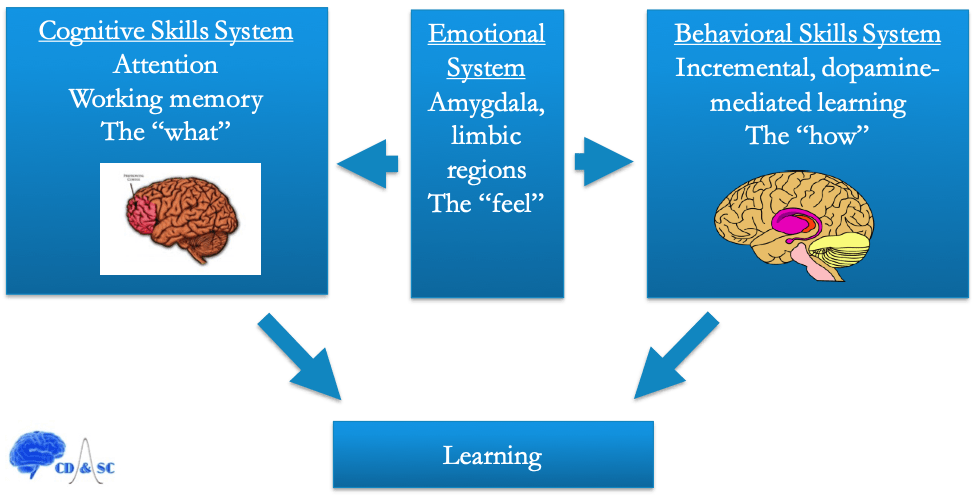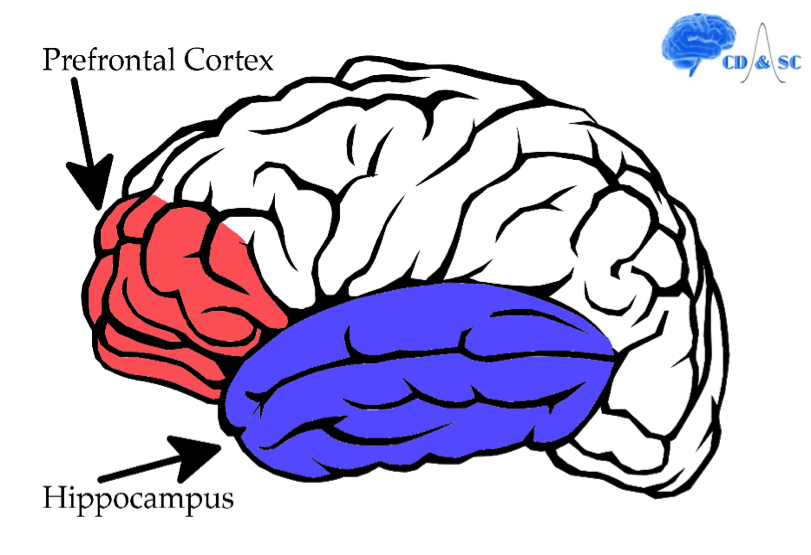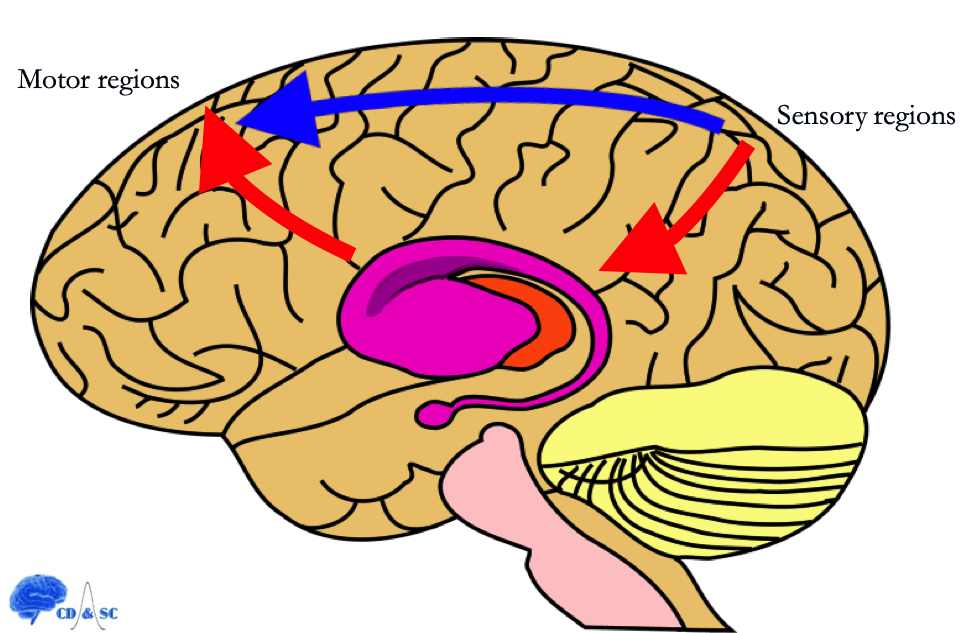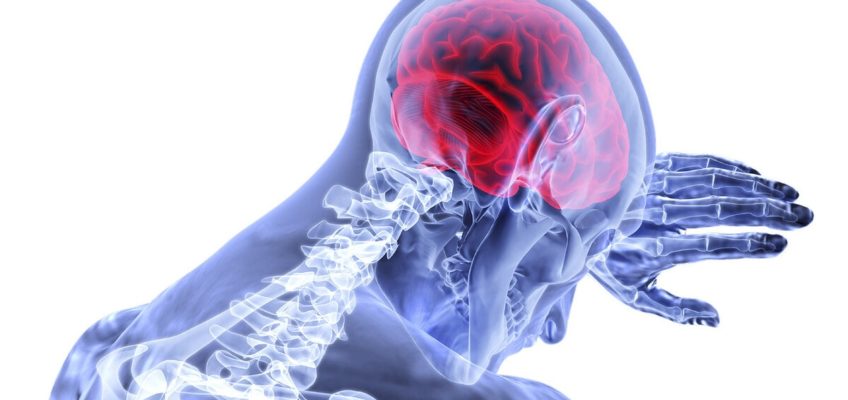Can immersive technologies help professionals in the healthcare sector build crucial expertise and save lives?
Merriam-Webster defines an expert as “one who displays special knowledge or skills representing mastery of a particular subject that derives from training or experience”.
Expertise is important in all settings, but is especially critical in high stakes, rapidly changing environments such as in healthcare settings where applying incorrect medical knowledge or performing some medical procedure poorly could lead to injury or the loss of life.
As Merriam-Webster suggests extensive training is critical to develop expertise. In this report, I examine the training requirements necessary to achieve expertise and ask whether virtual reality (VR), and other immersive technologies might offer powerful tools for quickly and effectively training expertise.
Expertise is important in all settings, but is especially critical in high stakes, rapidly changing environments such as healthcare Click To TweetThe Learning Science of Expertise
Learning science—the marriage of psychology and brain science–makes clear that knowledge acquisition and skill acquisition are mediated by distinct learning systems in the brain that each have their own unique processing characteristics. Thus, developing knowledge-based expertise is distinct from developing skill-based expertise.
Gaining a solid knowledge base, such as knowing anatomy and physiology, what symptoms are associated with a specific disease, or the nature of specific drug interactions relies on the cognitive skills learning system in the brain, which has evolved to obtain knowledge and facts and to tie those to specific situations. I refer to this as the “what” system. Cognitive skill learning is mediated by the prefrontal cortex, hippocampus and associated medial temporal lobe structures in the brain and relies heavily on working memory and attention.
Developing knowledge-based expertise is distinct from developing skill-based expertise Click To TweetObtaining a strong behavioral repertoire or skill set, such as knowing how to draw blood, maintain a central line, or conduct brain surgery relies on the behavioral skills learning system in the brain. It is one thing to know what to do, but it is completely different (and mediated by different brain systems) to know how to do it. I refer to this as the “how” system.
Behavioral skill learning is mediated by the basal ganglia and gradual, incremental dopamine-mediated changes in behavior. Interestingly, this system does not rely on working memory and attention. In fact, there is strong scientific evidence that “overthinking it” hinders behavioral skills learning. Processing in this system is optimized when behavior is interactive and is followed in real-time (literally within milliseconds) by corrective feedback. Behaviors that are rewarded will be more likely to occur in the future, and behaviors that are punished will be less likely to occur in the future.
Extensive training is critical to develop expertise Click To Tweet
From a learning science perspective, at least two requirements must be met to achieve expertise. First, an expert can retrieve the knowledge or initiate the skill fast, accurately and automatically. This follows because the knowledge or skill is represented in the expert’s brain in a way that is qualitatively different from that in the novice’s brain. For example, a medical professional might have expert knowledge of the symptoms associated with some medical disorder or the side effects of particular drugs and can retrieve that information from long-term memory quickly, accurately and with minimal effort regardless of what other tasks they are performing. Similarly, a medical professional with surgical expertise performs the surgery with speed and precision, and is highly effective even when complications arise.
Second, an expert has situational awareness defined as a deep understanding of what information or skill to use when, an ability to “read” and “feel” the current situation, and an ability to “think on one’s feet” and adjust effortlessly to changing situations. Situational awareness develops through extensive cognitive or behavioral practice and by engaging the emotional learning system in the brain that has evolved to facilitate the development of empathy and understanding of our and others’ behaviors. Emotional learning is about nuance, but nuance that is critical to success.
Spaced mental repetition is the key to long-term memory storage Click To TweetWhereas one can have all of the facts and figures available, and can have a strong behavioral repertoire, in the end one has to extract the appropriate information and engage the appropriate behavior in each distinct situation. I refer to this as the “feel” system. The critical brain regions are the amygdala and other limbic structures. Emotional processing strongly affects both cognitive and behavioral skills learning. For example, a medical professional with situational awareness can anticipate a change in a patient’s current state and order the appropriate drug regimen, or successfully deliver a baby in the back of a cab with minimal surgical equipment available.
As outlined above, expertise follows from extensive training and experience that ultimately leads to knowledge-based (cognitive) or skill-based (behavioral) representations in the brain that are qualitatively different from those associated with learning.
Cognitive Skills Expertise
The ultimate goal of the cognitive skills learning system is to use working memory and attentional processes in the prefrontal cortex to build rich long-term memory representations in the hippocampus and medial temporal lobes. This system learns best when distraction is minimized, focus is enhanced, and through mental repetition.
For example, if you are learning anatomy and physiology you might steal away in a quiet place, focus on the text book with its written descriptions, schematics and pictures and you would use focused attention to study the material. You might set the textbook aside and test yourself by identifying relevant structures from memory. You might do this several days in a row for weeks until you have developed expertise.
Spaced mental repetition is the key to long-term memory storage in the hippocampus and medial temporal lobe structures. I refer to these procedures as those that “Train for Retention”. Once information is stored in long-term memory it is quickly, accurately, and effortlessly retrieved. This also frees up working memory and attention to focus on other cognitively demanding tasks.
Behavioral Skills Expertise
The ultimate goal of the behavioral skills learning system is to use incremental, dopamine-mediated learning in the basal ganglia (red arrows from sensory regions to the basal ganglia and then to motor regions) to train cortico-cortico connections (blue arrow directly from sensory to motor regions) to drive behavior.

Suppose you are a medical professional in training who needs to learn the proper way to hold and use a scalpel. The specific training scenario is represented in the brain as a collection of sensory inputs (e.g., visual, auditory, tactile; red arrow). Collections of neurons that represent the current situation are active and project down into the basal ganglia (in purple). There they connect with neurons that project from the basal ganglia to motor regions (red arrow) that initiate some behavior with the scalpel (e.g., cutting the skin).
If the behavior is successful, that behavior is rewarded. In this case, dopamine will be released into the basal ganglia, the neural connections that drove that behavior will be strengthened, and the likelihood that behavior will be elicited again under the same situation will increase. Suppose instead that the behavior was unsuccessful. In this case the behavior was punished, dopamine will not be released, the neural connections that drive that behavior will be weakened, and the likelihood that behavior will be elicited again under the same situation will decrease.
Physical repetitions train behavior and direct neural connections between sensory and motor regions in the brain Click To TweetNotice that this is a two-step process from sensory regions to the basal ganglia and then to the motor regions. Physical repetitions train behavior, but they also train direct neural connections between sensory regions in the brain and motor regions in the brain. These direct connections are represented by the blue arrow in the figure below. In other words, the two-step process from sensory to basal ganglia to motor regions trains direct connections from sensory to motor regions. Because this is one instead of two steps, this is a much faster process. Each repetition, and cycle through the two-stage learning process, strengthens the direct sensory-to-motor connections. With enough repetitions, the direct connections take over and expertise has been achieved.

VR for Knowledge-Based Expertise Training
Knowledge-based expertise is driven by mental repetition. Mental repetition speeds the transfer of knowledge from short-term memory in the prefrontal cortex to long-term memory in the hippocampus and medial temporal lobes. Ideally these mental repetitions develop from slightly different context and scenarios so that situational awareness can develop simultaneously.
Mental repetition speeds the transfer of knowledge from short-term memory in the prefrontal cortex to long-term memory in the hippocampus Click To TweetTextbooks, lectures and Powerpoint slides are ineffective at achieving these goals. Now imagine a VR experience as a way to engage both the cognitive skills and emotional learning systems. For example, suppose you are learning anatomy and physiology, but instead of a textbook and schematics, you see the human form in front of you. Using your hand controls, you are able to manipulate the body zooming in and out, touching body parts and receiving extensive information about the workings of each. Imagine stepping into the body and focusing on the heart that is beating and selecting a normal or abnormal heartbeat to view and listen to. Imagine revisiting this VR experience at your convenience across days and months.
A VR experience like this is immersive and engaging. It combines a rich set of contextual cues that draws the learner in. It offers a broad-range of routine and non-routine situations to experience to develop situational awareness. Because the learner is “in” the situation, there is no need to use imagery to translate a situation described in text into a realistic 3D representation.
This significantly reduces the working memory and attention load on the learner and engages an array of visual and auditory representation areas that are not engaged with traditional training techniques. This tool can be used over and over again to speed the development of rich and highly contextualized long-term memory representations. The result is a strong long-term knowledge representation that can be retrieved quickly, accurately, with little mental effort and offers broad-based situational awareness.
imagine a VR experience as a way to engage both the cognitive skills and emotional learning systems Click To TweetVR for Skill-Based Expertise Training
Skill-based expertise is driven by physical repetition. Physical repetition speeds the development of cortico-cortico connections from sensory regions to motor regions that drive behavior. Ideally these physical repetitions occur under slightly different conditions so that situational awareness can develop simultaneously.
Simulation and real world (e.g., cadaver lab) practice are effective tools for skill learning, but the number of repetitions needed to develop expertise is simply too large to be achieved by these methods, and it is much more difficult to simulate non-routine, often dangerous situations. Now imagine an interactive VR solutions that engage behavioral skills learning and emotional centers in the brain. For example, imagine practice using a scalpel on skin versus underlying tissue and on different parts of the body in VR with haptic feedback that is immediate and signals when the skill is being performed correctly or incorrectly.
A VR experience is immersive and engaging. It combines a rich set of contextual cues that draws the learner in. It offers a broad-range of routine and non-routine situations to experience to develop situational awareness Click To TweetImagine putting the learner under speed stress at the same time, revisiting this experience over and over again until the behavior is mastered. As with knowledge-based VR experiences, a broad-range of routine and non-routine situations can be experienced and repeated. The idea is to challenge the medical professional in VR so that they are prepared for anything in the real world where it counts.
VR and other immersive tools such as augmented and mixed reality hold the promise to speed the development of expertise before the medical professional enters the healthcare arena Click To TweetVR is ripe for application in the healthcare sector and for speeding the transition from novice to expert. Although medical professionals may enter the healthcare arena with proficiency in their knowledge and skills, all too often training is ongoing and on-the-job as they work toward mastery, expertise, and broad-based situational awareness.
VR and other immersive tools such as augmented and mixed reality hold the promise to speed the development of expertise before the medical professional enters the healthcare arena. These technologies can also be of significant value for patients to facilitate their understanding of specific medical conditions and to facilitate patient training for at-home medical procedures. A deeper understanding through experience will reduce stress for patients and providers and enhance satisfaction for both.
The advantages of immersive technologies for developing expertise is not restricted to healthcare Click To TweetOf course, the advantages of immersive technologies for developing expertise is not restricted to healthcare. Expertise in corporate boardrooms, law enforcement, manufacturing and technical skills can all be facilitated with immersive technologies. VR offers an excellent tool for developing expertise and should be leveraged broadly in healthcare and other sectors.
For companies looking to get into Immersive technologies such as VR/AR/MR/XR our Virtual Reality Consultancy services offer guidance and support on how best to incorporate these into your brand strategy.
Todd Maddox is Science, Sports and Training Correspondent at Tech Trends, and the CEO of Cognitive Design and Statistical Consulting. Follow him on Twitter @wtoddmaddox









